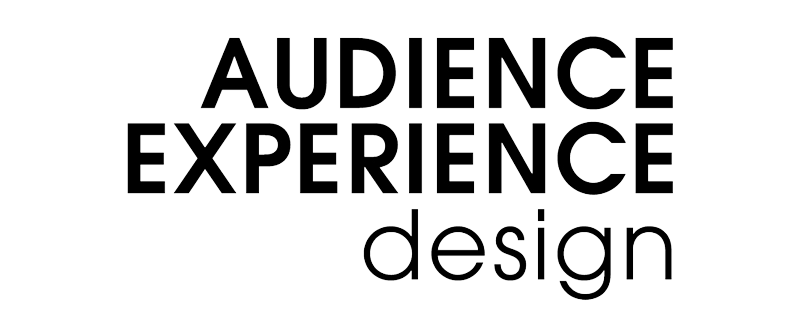
The persona helps you develop a clear image of your desired audience and is essential for designing experiences that meet their needs. This tool helps you create a fictitious composite “person” and helps you to capture the necessary information you need about your audience to move forward from Understand to Identify.
When to use!
When it’s time to make sense of discoveries and insights about your audience
Details
- Materials – persona template, pen/pencil/marker
- Energy level – Moderate
- Team members – At least 1
- Participants – n/a
- Expected output – persona profile
Step-by-step guide
- Set up the persona template, either the one provided here or your own format. This could be on paper or digital.
- Identify common themes or patterns that you saw emerging in getting to know your audience (the empathy map can be a particularly helpful precursor to the persona)
- Pick a few prevalent aspirations/goals and a few prevalent frustrations. Write these in the corresponding areas of the persona template.
- Write a bio and quote. These should capture the aspirations/goals and frustrations in a narrative format.
- Give your persona a name, which could be descriptive (i.e. Curious Carly). Input a photo of a real person (from a free, non-copyright photo resource) and fill in demographic info. Don’t spend too long on this part.
- Repeat if you find there may be multiple personas in your audience. These could become secondary personas.

